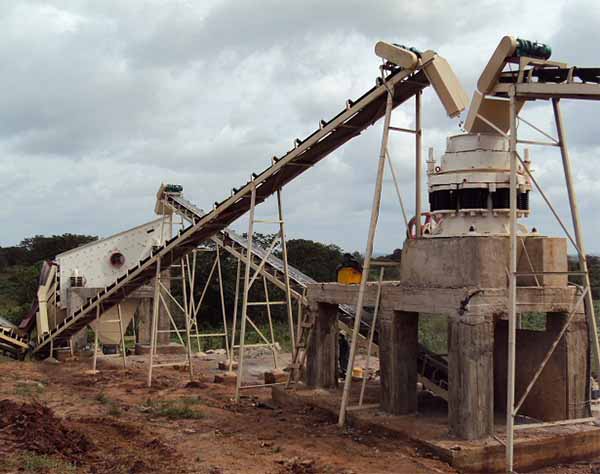Dry Powder Mortar Requirements For Machine-Made Sand
Dry powder mortar is a granular or powdery material that is physically mixed in a certain proportion with dried and screened aggregates, inorganic gelling materials, and additives. It is usually transported to the construction site in bags or in bulk, and can be used directly after mixing with water. It is the main direction for the development of building materials in the future.
Ordinary dry powder mortar has standard requirements for consistency, apparent density, water retention, setting time, compressive strength, tensile bond strength, shrinkage, etc. Due to the requirements of artificial plastering or mechanized spraying on machine-made sand, construction workability needs to be considered, so there are some special requirements for the roundness, powder content, fineness modulus, and gradation of machine-made sand.
1. Roundness requirements
River sand can produce high-quality dry mix mortar. The surface of river sand is smooth, and only a small amount of cementitious material and a small amount of mixing water are needed during the curing process. River sand with reasonable particle size distribution is undoubtedly a high-quality aggregate for the production of dry-mixed mortar.
But natural river sand takes a long time to form. After the artificial machine-made sand is crushed by the impact sand-making machine, the roundness of the particle shape is worse than that of the river sand. However, through experiments and actual use, the flaky particle content of the machine-made sand does not exceed 12%, and the machine-made sand produced in this way can replace river sand and be used in dry powder mortar.
2. Fineness modulus, gradation requirements
The sand-making machine can effectively reduce the coarse sand to larger than 2.36mm and increase the fine sand by 0.15-0.6mm. Then the grading is improved by screening, which improves the strength and fluidity of the dry powder mortar. At the same time, the amount of cementitious material is reduced, the quality of mortar is improved, and the production cost is reduced. The fineness modulus of machine-made sand used for dry powder mortar is generally controlled between 2.3-2.8.
3. Powder content requirements
When ordinary limestone is used as raw material to produce machine-made sand below 2.36mm through an impact sand-making machine and vibrating screen, the content of stone powder produced is generally between 20 and 25%. The content of stone powder in plastering mortar generally needs to be controlled within 10%, and the content of stone powder in masonry mortar can be increased appropriately.
Related Products
There are no relevant articles.



